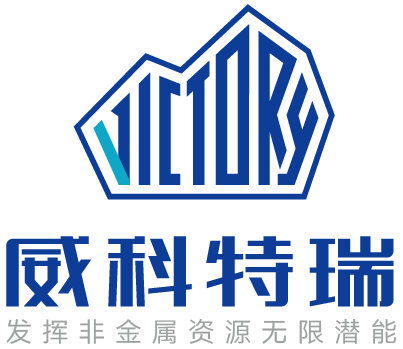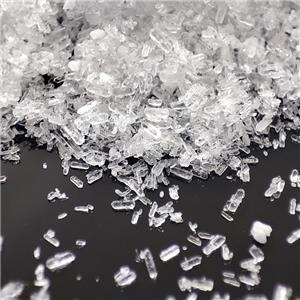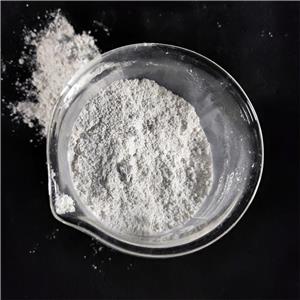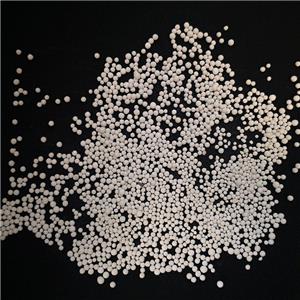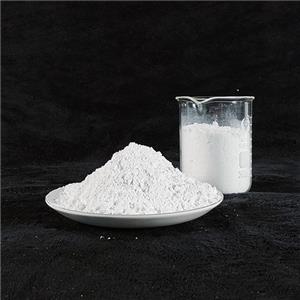Understanding Calcium Carbonate: Comprehensive Analysis of 17 Differences between Light Calcium and Heavy Calcium-4
13. Modification function
Heavy calcium: It has a better effect on improving tensile strength and has excellent fluidity in plastic processing. Especially heavy calcium with smaller particle size can significantly improve the performance of plastics.
Light calcium: It performs better in improving impact strength and rigidity. The surface of plastics using light calcium is smoother and the product density is lower.
14. Color and light controllability
Heavy calcium: Calcium carbonate from different origins has different background colors. For example, Sichuan calcium carbonate is blue, Guangxi calcium carbonate is red, and Jiangxi calcium carbonate is cyan. The crystal form does not change during the crushing and refining process, so the hue cannot be controlled.
Light calcium: During the production process, the crystal type can be controlled through synthesis, thereby adjusting the color type, making it easier to match the color of the main colorant, and facilitating color design.
15. pH value
Heavy calcium: pH range is 8 to 9.
Light calcium: The pH value range is 9 to 10, which is slightly higher than heavy calcium.
16. Comparison of mineral economics
Powder preparation cost: The conventional preparation costs of heavy calcium and light calcium are similar, but light calcium has higher expansion costs due to additional environmental controls and resource waste issues.
Environmental impact: The production process of heavy calcium only involves noise pollution, no "three wastes" emissions, and has high environmental coordination; the production of light calcium is accompanied by combustion exhaust gas emissions and "three wastes" pollution, which imposes a large environmental load.
Resource utilization rate: Heavy calcium is easy to comprehensively utilize mineral resources, and there is less waste of resources; light calcium is difficult to control due to the complex production process.
17. Application performance
Heavy calcium: Mainly used for volume filling, mainly used in papermaking, rubber and plastic industries. The filling volume is large, which can effectively reduce manufacturing costs.
Light calcium: It has a wider application field. In addition to plastics and rubber, it is also widely used in coatings, adhesives, cigarette paper, ink and other industries. Light calcium is mainly used for volume filling, while nanoscale light calcium is more commonly used as a modified or reinforcing functional filler, and its filling amount is relatively small.
